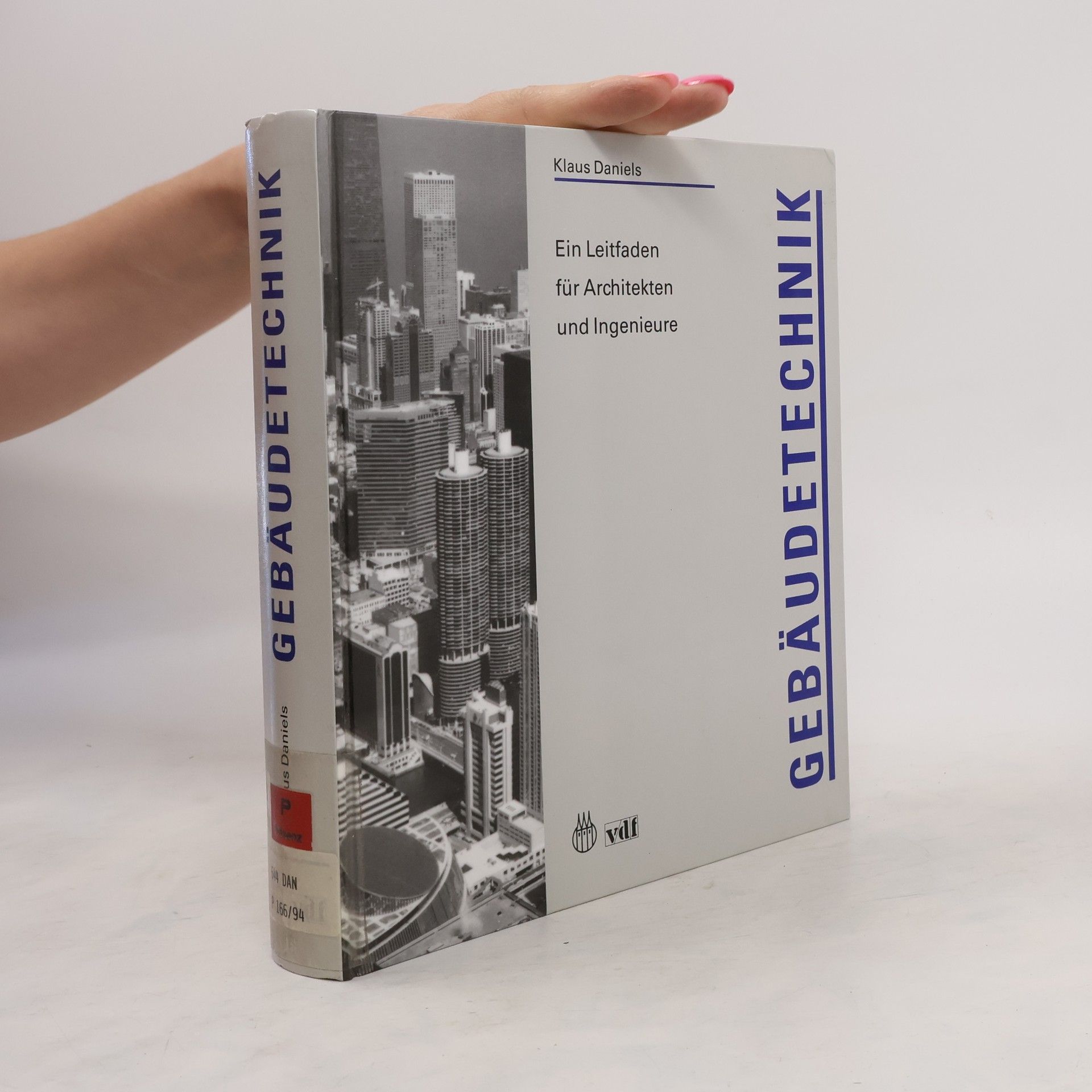Technologie des ökologischen Bauens
- 304bladzijden
- 11 uur lezen
Dieses Buch beschreibt die Grundlagen des ökologischen Bauens im Sinne einer ganzheitlichen Planung: Es entwickelt aus globalen Prognosen und ökologischen Kreisläufen die Ansprüche, die wir an Gebäude der Zukunft stellen müssen, wenn wir sie krisenfester machen wollen. Es zeigt, mit welchen Technologien die Versorgung mit Wasser, Wärme, Kälte, elektrischer Energie und die natürliche Belüftung und Belich-tung von Anfang an in die Gebäudestruktur integriert werden können. Und es führt an einer Vielzahl von Beispielen vor, wie die Nutzung von Sonnen- und Windenergie, von Regenwasser, Erdwärme und anderen Thermiksystemen bereits heute zur Schonung unserer natürlichen Ressourcen beitragen kann.



